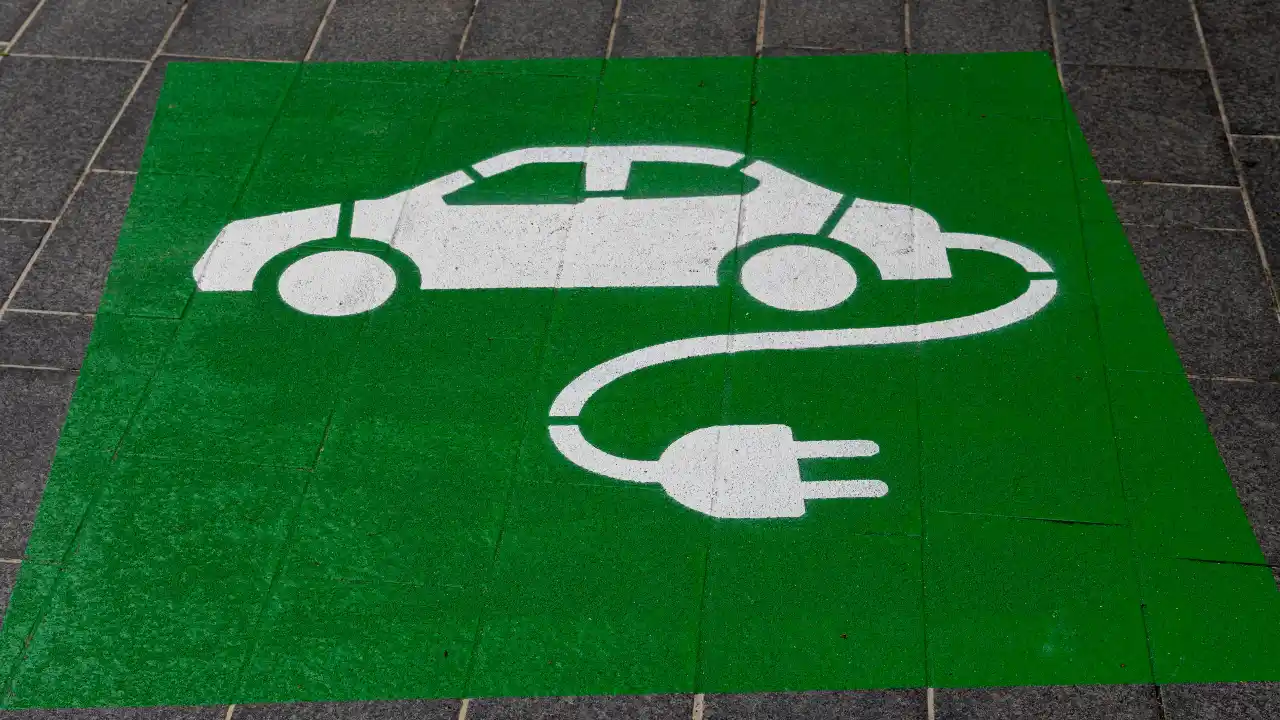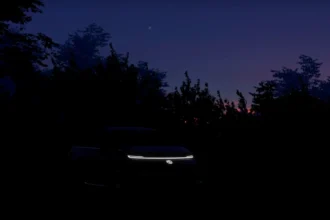Have you noticed more electric cars on the roads lately? This is just the beginning of a major shift in how we get around. According to OpenPR, the global Electric Vehicle (EV) market is currently worth $385.78 billion and is expected to grow dramatically to $952.13 billion by 2030. This means the market will more than double in just five years, growing at a yearly rate of 13.78%. This growth isn’t just about cars – it includes many types of vehicles that run on electricity instead of gasoline.
Understanding the Different Types of Electric Vehicles
Not all electric vehicles are the same. There are three main types that work in very different ways, each with their own strengths and weaknesses:
- Battery Electric Vehicles (BEVs): These cars run completely on electricity stored in batteries. They produce zero exhaust emissions when driving, which is great for the environment. However, they need to be plugged in to recharge, which can take time, and finding charging stations can sometimes be difficult. Companies like Tesla and Rivian focus mainly on these vehicles.
- Hybrid Electric Vehicles (HEVs): These combine a regular gasoline engine with an electric motor and a small battery. The battery charges itself through braking and from the engine. You don’t need to plug these in, and they use less fuel than regular cars, but they still produce some exhaust pollution.
- Fuel Cell Electric Vehicles (FCEVs): These cars use hydrogen to generate electricity. They only emit water vapor, can be refilled quickly like gasoline cars, and can travel longer distances on a single tank. However, there are very few hydrogen filling stations, making them less practical for most people right now.
What’s Driving the Electric Vehicle Revolution?
Several important factors are pushing this rapid growth in electric vehicles. First, people are becoming more concerned about climate change and air pollution, making clean transportation more attractive to buyers. Second, battery technology has improved dramatically – batteries now cost less and allow cars to drive farther on a single charge.
Government support is also playing a huge role. Many countries are offering money back when you buy an electric vehicle and are setting deadlines to end the sale of gasoline cars. For example, the U.S. has provided over $2 billion in tax credits for EV buyers in 2024 alone, with buyers able to get up to $7,000 off the purchase price.
Government Incentives Around the World
| Country/Region | Key Incentives |
|---|---|
| United States | Up to $7,000 tax credit that can be transferred to dealers to reduce the upfront cost of buying an electric vehicle. This makes EVs more affordable immediately rather than waiting for tax season. |
| India | FAME (Faster Adoption and Manufacturing of Electric Vehicles) and PLI (Production Linked Incentive) schemes to encourage both buying and making EVs in India. Recently reduced import taxes on certain EVs to attract foreign companies to invest locally. |
| Europe | Varies by country but includes tax benefits, registration fee waivers, cash incentives, programs to trade in old gas cars, and tax breaks for companies with electric vehicle fleets. The UK will also increase taxes on non-electric vehicles starting in 2025. |
Global Competition Driving Innovation
Companies from all over the world are racing to develop better electric vehicles. Major players include Tesla from the US, BYD from China, and traditional automakers like Volkswagen from Germany and Toyota from Japan who are investing billions in new electric models. This international competition is good news for consumers because it leads to more choices, better technology, and eventually lower prices.
Chinese companies have become particularly important in the EV market, with companies like NIO and BYD now selling cars globally and challenging established automakers. Meanwhile, companies from countries like South Korea, the UK, and Sweden are also making significant contributions to the industry.
Overcoming the Challenges
Despite the growth, there are still important challenges that need to be solved before most people switch to electric vehicles. The biggest issues include:
- Charging infrastructure: There simply aren’t enough charging stations in many areas, especially in smaller towns and rural regions. This makes people worry about running out of power with nowhere to recharge, often called “range anxiety.”
- Battery materials: Making batteries requires special materials like lithium and cobalt that can be difficult and expensive to obtain. Supply chain problems can slow down production and keep prices high.
- Charging time: Even with fast chargers, it takes much longer to charge an electric vehicle than to fill up a gas tank, which can be inconvenient for long trips.
The Road Ahead
The future looks increasingly electric, with new technologies like faster charging batteries, vehicle-to-grid systems that let cars share power with homes, and self-driving features becoming more common. As charging stations become more widespread and batteries improve, electric vehicles will become more practical for more people. The journey to an electric transportation future is well underway, and the changes will affect not just how we drive, but also our environment and global economy.











